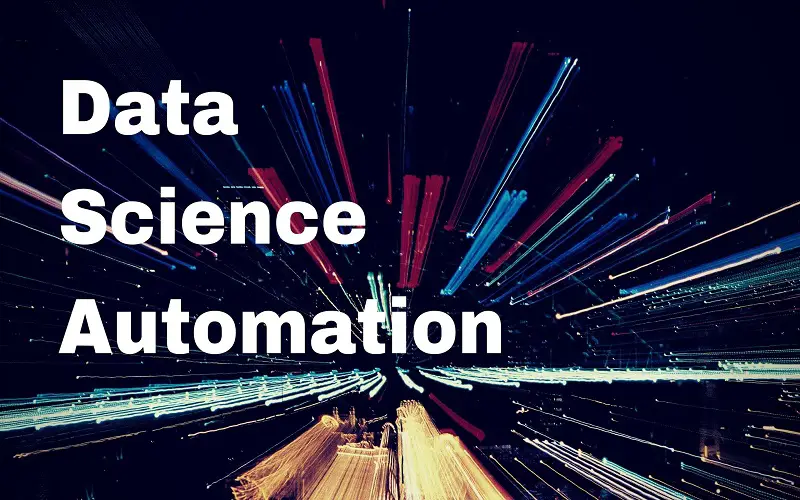In every sector, the discipline of data science is rapidly expanding. Each company is eager to make judgments based on the information gathered. According to one of the job websites, demand for data scientists has increased by 29% last year. However, the rise in trained people in data science is not expanding as quickly as predicted, with a growth rate of about 14%.
In this digitized era Data Science usually necessitates a significant amount of human labor. Saving the data created, cleansing it, conducting exploratory analysis, displaying the data, and eventually fitting a model to the data to allow decision-making. To some extent, manual activity may be automated, signaling the advent of automation. Data science course is an essential blend of mathematics, statistics, tools, and algorithms that a data scientist can use to find hidden information or insights of raw data.
Automated Gathering of Data
The technique of obtaining data from physical forms using software is referred to as the automated data collection. Manually collected data is commonly used in offices to handle documents, which is unproductive because it is a slower and laborious job.
Where there is paperwork, operation begins to slow down, so even if papers are properly arranged and kept, time must be spent manually searching for them. Furthermore, printed documents might be misplaced or destroyed.
Most of these issues are resolved once you employ automatic data gathering.
Cleaning Data Automatically
Automatic Data Cleansing is the process of using algorithms to change or remove improperly structured, duplicated, incomplete, or defective data in any manner.
Manual data cleansing activities are expected to consume up to 90% of the time spent in the data science life cycle. This emphasizes the enormous potential for using algorithms to solve data cleansing problems appropriately.
Automated Exploration of Data
Data exploration seems to be the first phase of analytics, during which data analyzers use statistical tools and visualization tools to define database characterizations like size, amount, and correctness to better comprehend the data’s nature.
Automatic Machine Learning (ML) Modelling
Model fitting is the next and the most sought-after phase in the data science development cycle. Within the Data Science community, Automated Machine Learning (AutoML) is now the talk of the town. Auto ML gives us a way to find the best machine learning solution for a specific dataset with the least amount of user participation.
LightAutoML is a Python library for performing multiclass/binary regression and classification on tabulated databases, including multiple forms of data such as quantitative, categorized, and textual data.
Analysis of the Model
The model analysis is a critical step in the creation of a model. It aids in the selection of the most appropriate model to determine our data and the prediction about how well the proposed framework will perform in the years ahead. In data science, analyzing the model’s performance with the training data set is not a good idea since it might lead to overfitted and overoptimistic systems. Cross-Validation and Hold-Out are two approaches for assessing systems in data analytics. Both techniques employ a training dataset (not visible to the model) to evaluate model performance to prevent the fitting problem.
Limitations It’s difficult to explain.
It’s when it comes to the disadvantages that things get complicated. These issues can cause major problems for a firm if a user does not utilize the platform appropriately or interprets the results and models wrong. It might be difficult to communicate the outcomes of a complex data science program. Assume you’re not a data analyst with no formal data science training in machine learning methods.
Misleading results
You may be ignorant of various parameters that need to be adjusted because you did not construct the model yourself. Furthermore, you may not be aware that an elbow plot is required to determine the appropriate clustering algorithm for an unassisted segmentation method. As a result of not knowing the concept from the ground up, many of these issues might lead to conclusions that aren’t entirely logical. Probably you applied a regression model to forecast weather over the next several months, only to learn afterward that, despite the title, it was better to utilize the method as a classifying system instead.




